The Roaring Twenties The Culture of the Twenties
Fads

People danced for days in dance marathons. The last couple on their feet were the winners.
A game called Mahjong was popular in the 1920's. It is a combination of discs and dominoes. Since the game was from China people would dress in Chinese clothing and decorate their homes for Mahjong parties.
Crossword puzzles became important during the 1920's. By 1925 universities were holding crossword competitions.
Pole sitting was started by a man named "Shipwreck" Kelley. He sat on top of a fifty-foot high flagpole for two weeks. The fad continued throughout the 1920's with the record rising to 49 days in 1929.
College students ate goldfish and stuffed themselves into closets and other small places.
Nineteenth Amendment
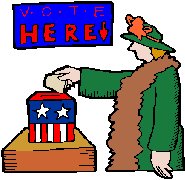
Anne Dallas Dudley was a wealthy Nashville woman. She was a leader in the movement to give women the right to vote. In May 1914, Dudley led a march of 2,000 women from downtown Nashville to Centennial Park. This was the first suffrage parade in the South. In 1920,Tennessee became the 36th state to ratify the amendment to the U. S. Constitution, giving women the right to vote.
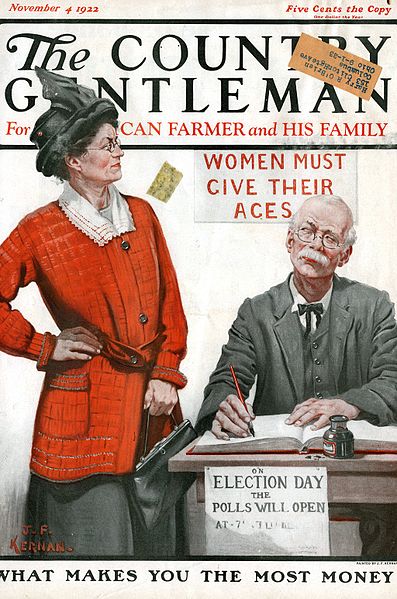
Women's clothing changed to include low-waisted dresses with fullness at the hemline. The skirts of these dresses usually had pleats, gathers, or slits to allow motion. This allowed women to kick up their heels literally in new dances like the Charleston. In the late 1920's many of the dresses had no waistline at all.
Women "bobbed," or cut their hair short to fit under the popular hats.
In the mid-1920s, the Flapper emerged. Flappers wore short sleek hairstyles, short shapeless dresses with exposed arms and legs. They also smoked with long cigarette holders. Flappers were also known for dancing to jazz.
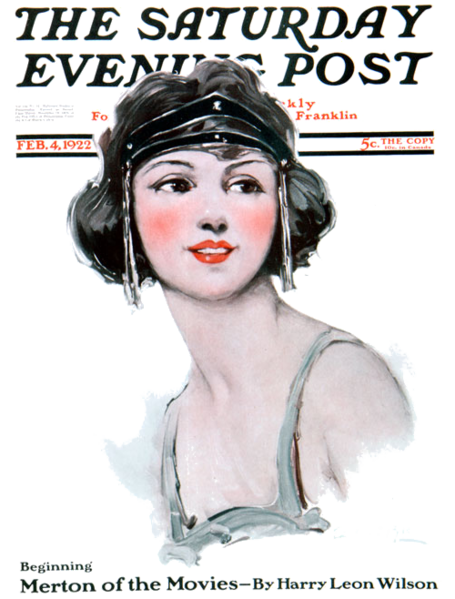
Harlem Renaissance
During the 1920's, the African-American literary and artistic culture developed rapidly. It has been termed the Harlem Renaissance because the movement began in Harlem, New York and spread out across America. Jazz musicians, authors, playwrights, and athletes gained recognition for their talents.
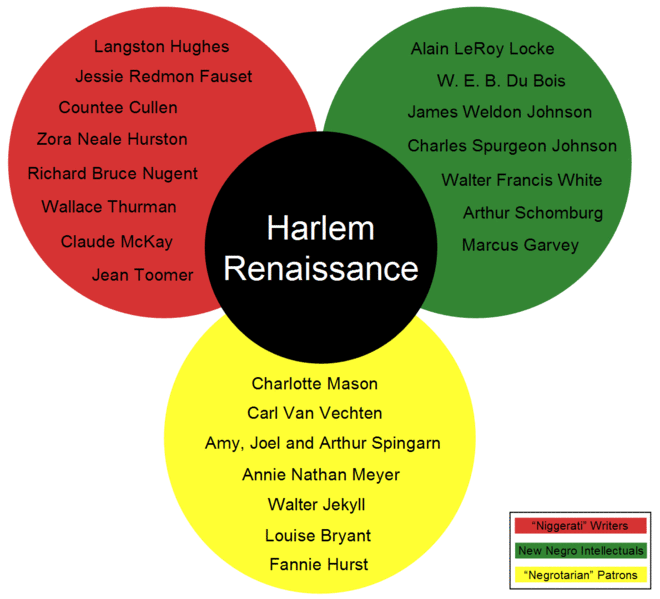
Movies became a big business in the 1920's. At the beginning of the twenties movies were silent and colorless. Later sound effects and music were added. In 1927 The Jazz Singer came out. It was the first movie with talking sequences. Stars such as Douglas Fairbanks and Mary Pickford became millionaires. Rudolph Valentino was also a favorite movie actor in the 1920's.
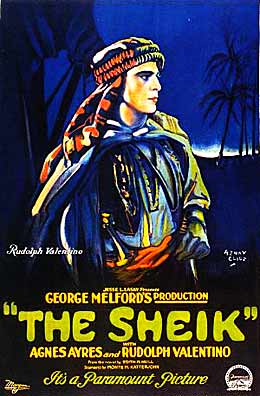
Cartoon shorts were popular in movie theaters. Walt Disney first showed Mickey Mouse in a cartoon called Steamboat Willie on November 18, 1928.

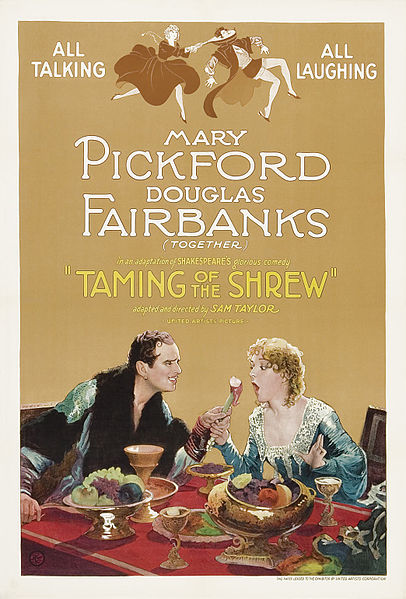
Art Deco is a design that began in France right after World War I. It used geometric shapes in symmetrical patterns.
The Chrysler Building in New York City is an example of this architecture. It was built in the late 1920's. It was the tallest building in the world until the Empire State Building surpassed it 11 months after its completion.
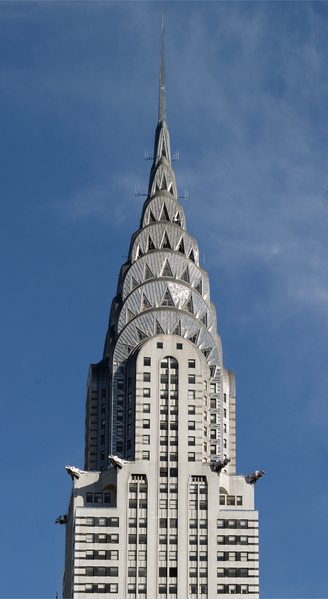
On January 16, 1920, the Eighteenth Amendment because law. This made it unlawful to make or sell any alcoholic drink except for medical, industrial, or religious reasons.
Gangsters such as Al Capone of Chicago made fortunes by selling illegal alcohol. Illegal alcohol was brought into the country by people called rum runners. It was sold by bootleggers. Illegal bars called speakeasies could be found in America.
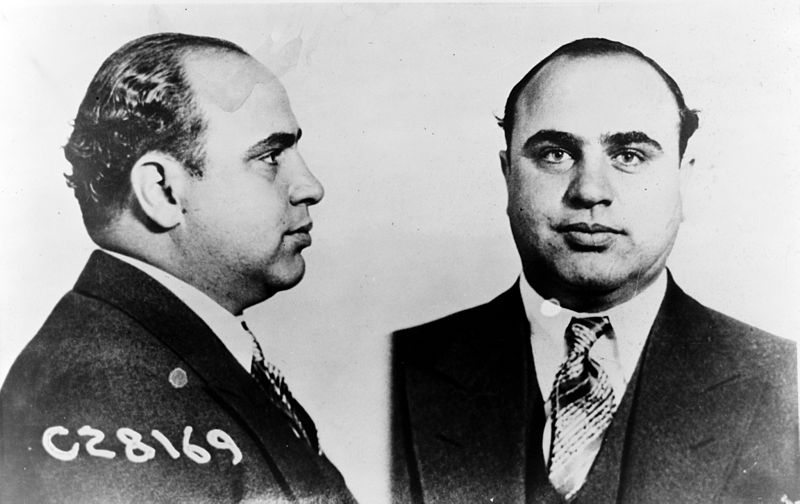
Al Capone
Over 1,500 prohibition agents were hired to catch dealers. Two of the most famous agents were Izzy Einstein and Moe Smith. They used disguises to capture the bootleggers. These successful agents were able to take five million bottles of alcohol.
In 1933 the Prohibition Amendment was repealed.
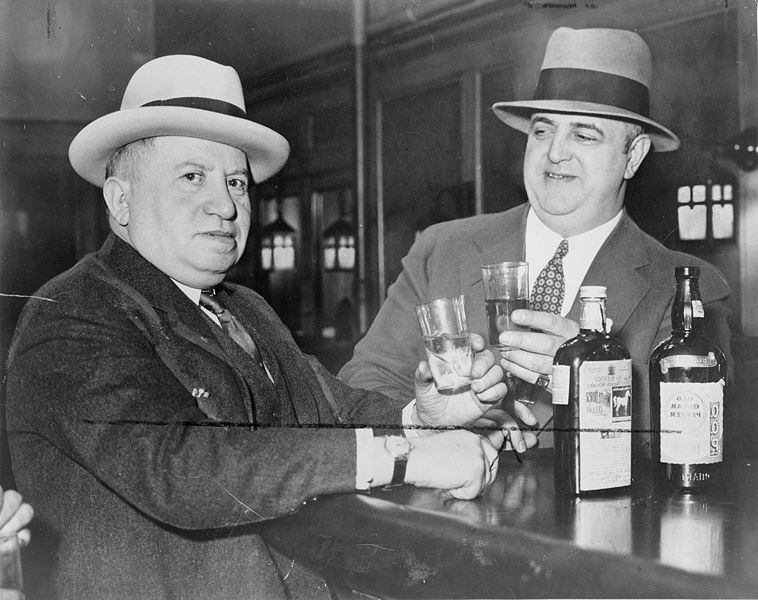
Izzy Einstein and Moe Smith photo taken after the
The Prohibition Amendment was repealed.
Companies began to advertise in magazines.


Many companies grew around the automobile industry. Jobs were created not only in making the cars but in car upkeep such as tires and gasoline. The Standard Oil Company grew from only 12 gas stations to more than 1,500 by 1929.
Henry Ford used the assembly line method to build the new Ford Model T. By using this method, cars could be made more quickly and for less money, so the middle class citizen could afford to purchase them. Cars changed America. Because of cars, people could go far from home in search of jobs and entertainment.